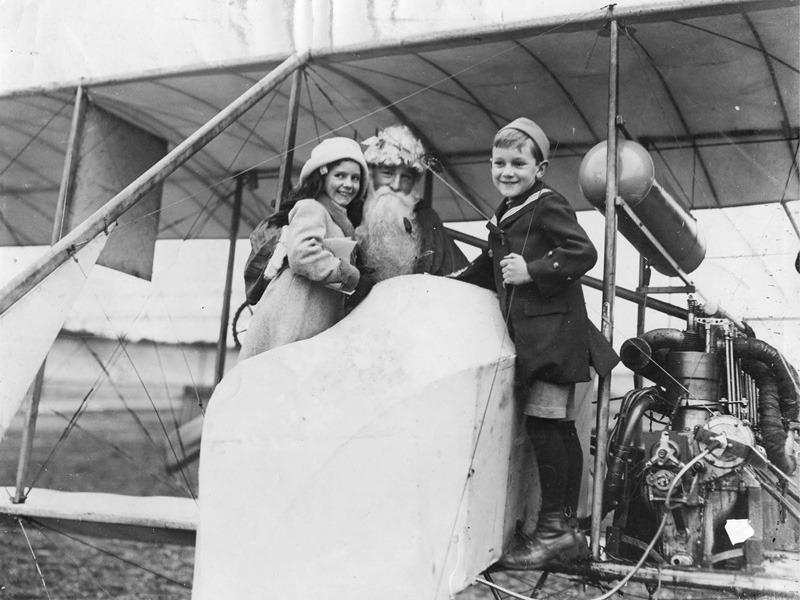
Figure 1.--This is British aviation pioneer F. Warren Merriam dressed as Father Cristmas in 1912. That was the same year that he became the first Brit to fly in a cloud. That says someyhing about how primitive aircradt were just before World War I. |

|
The Aeronautical Society was working on flight even before the Wright Flyer made the first fligh in America (1903). Oys work was mostly scientific and theoretical work. There were cists involved in building and preoaring a flight. It took some 5 years after the Wright Flyer made its first flight for a British team of A.V. Roe and Cody to achieve a heavier than air flight (1908). The Short brothers (Horace, Albert, and Hugh) wee experienced balloon-makers. They established the first British airplane manufacturing company (1908). After two unsuccessful effirts iof their own planes, Albert purchased a license from Wilbur Wright (February 1909) to manufacture six Wright Flyers. The Short Company thus became the first enterprise to produce a series of aircraft rather than a one of a kind model. The Shorts subsequently began to design and build their own aircraft. Horace designed their first successful plane, the Short biplane No. 2. Just before World War I, they also produced a seaplane with folding wings that allowed the plane to be parked on a ship -- an obvious military application. Flying became a part of the duty of the military and naval forces of the Crown (1912). This made important resources available. Lt. Cdr. F. W. Merriam was the first British pilot to fly through cloud in a Bristol Box-kiteb(1912). Later, as manager and chief instructor of the Bristol Flying School at Brooklands, he trained aviatots who would become famous, including Air Chief Marshal Sir Philip Joubert de la Ferte and A. Cdre. P. F. M. Fellowes who headed the aerial Houston Everest Expedition. The British War Office established a research establishment at Farnborough. The state monopoly on aviarion had disastrous consequences for aircraft development in Britain. The result was that the Royal Flying Corps began the War with inferior aircraft which led to the Fokker Scourge (1915). [Driver] A.V. Roe also founded a comoamy (1910). The compamy was remaned Avro built some of the first planes with enclosed fuselages and celluloid windows for the pilot. The 1912 Avro F was the world's first cabin aircraft to fly. The company began building the 504 series (1913). Avro would playban importanr role in bith World War I and II.
Driver, Hugh. The Birth of Military Aviation: Britain, 1903-1914 (Royal Hisatorical Society Stidies in History, 1997).
Navigate the CIH WorldWae I Section:
[Return to Main early aviation page]
[Return to Main World War I Air War page]
[Return to Main World War I conduct page]
[About Us]
[Aftermath]
[Alliances]
[Animals]
[Armistace]
[Biographies]
[Causes]
[Campaigns]
[Casualties]
[Children]
[Countries]
[Declaration of war]
[Deciding factors]
-------[Diplomacy]
[Economics]
-------[Geo-political crisis]
[Home front]
[Intelligence]
[Military forces]
[Neutrality]
[Pacifism]
[People]
[Peace treaties]
[Propaganda]
[POWs]
[Russian Revolution]
[Terrorism]
[Trench warfare]
[Weaponry]
[Bibliographies]
[Contributions]
[FAQs]
[Images]
[Links]
[Registration]
[Tools]
[Return to Main World War I page]
[Return to Main war essay page]
[Return to CIH Home page]
